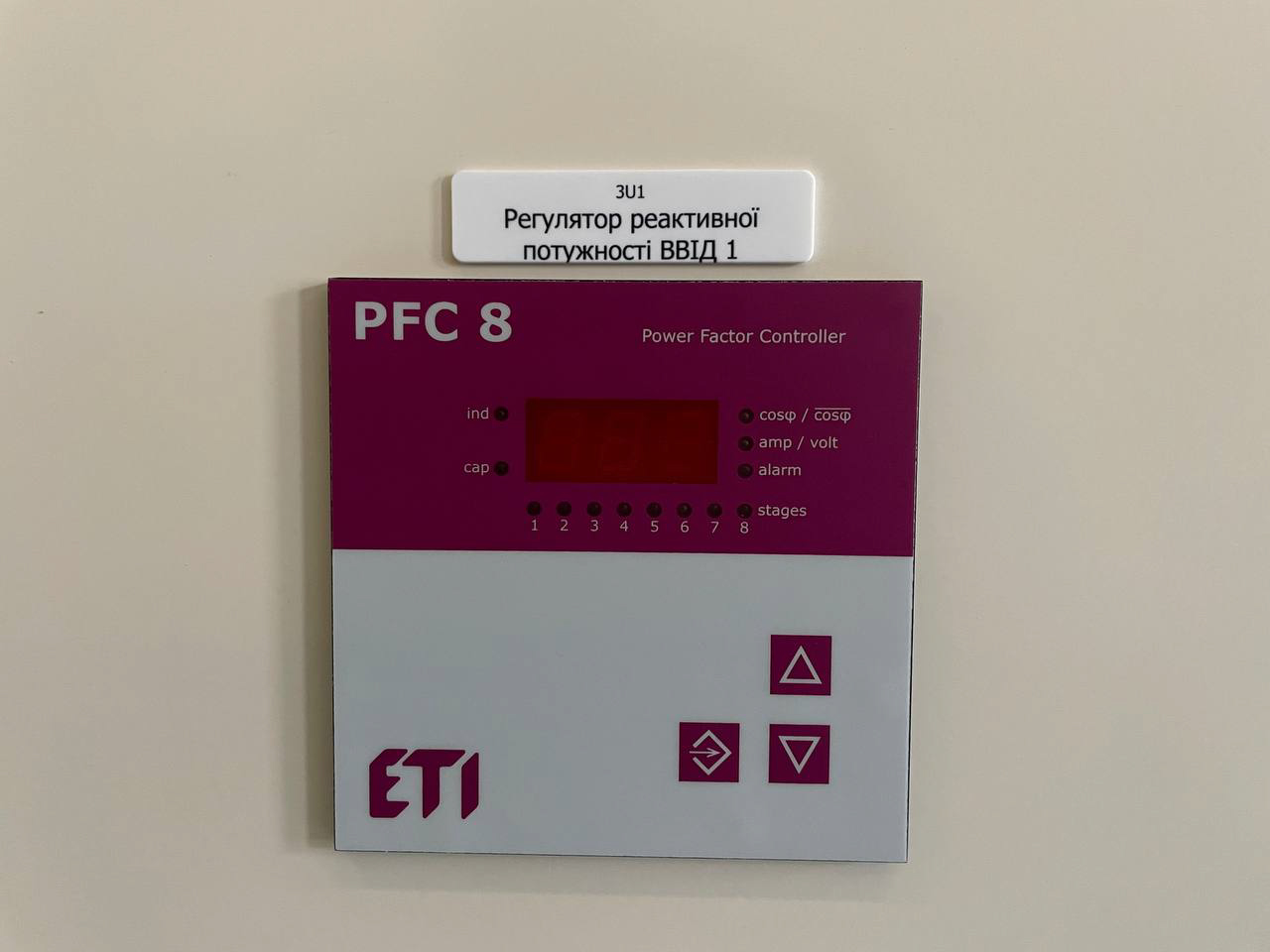
Reactive power compensation boards


In the terms of scarcity and cost increase of energy resources, growth of production volumes and development of urban infrastructure, the problem of energy conservation and, in particular, electricity saving, is becoming more and more urgent. Reactive power and energy worsen the performance of the power system, i.e. loading power plant generators with reactive currents increases fuel consumption; losses in networks and voltage drops in networks are increasing.
Reactive current additionally щмукloads power transmission lines, which leads to an increase in the cross-section of wires and cables and, accordingly, to an increase in capital costs for external and internal networks.



The main consumers of reactive power are asynchronous electric motors, which consume 40% of the total power together with households and personal needs; electric furnaces 8%; converters 10%; transformers of all stages of transformation 35%; power lines 7%.
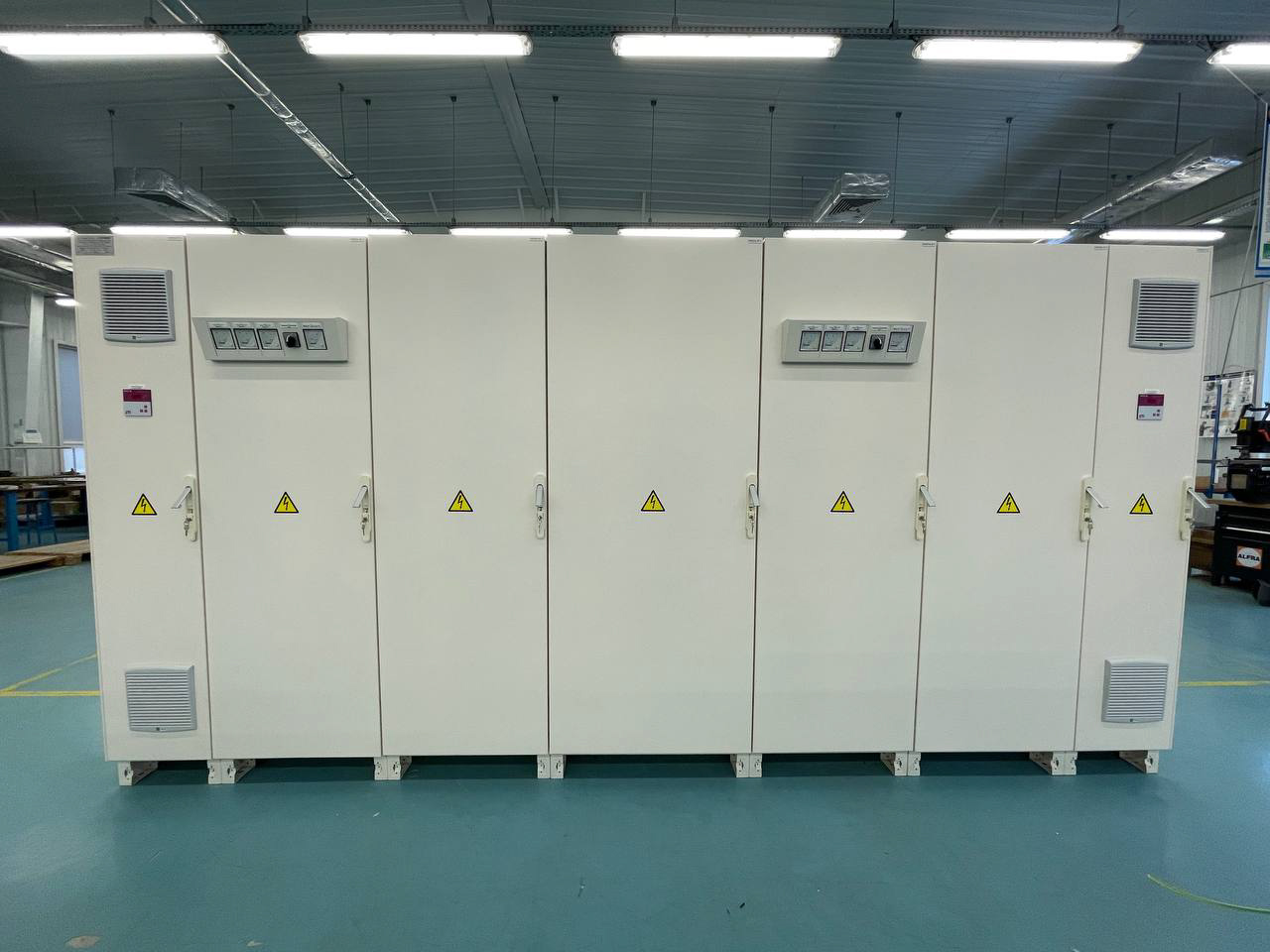
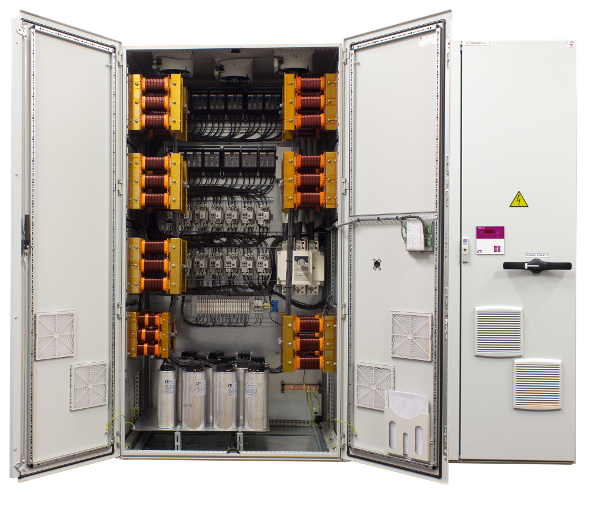
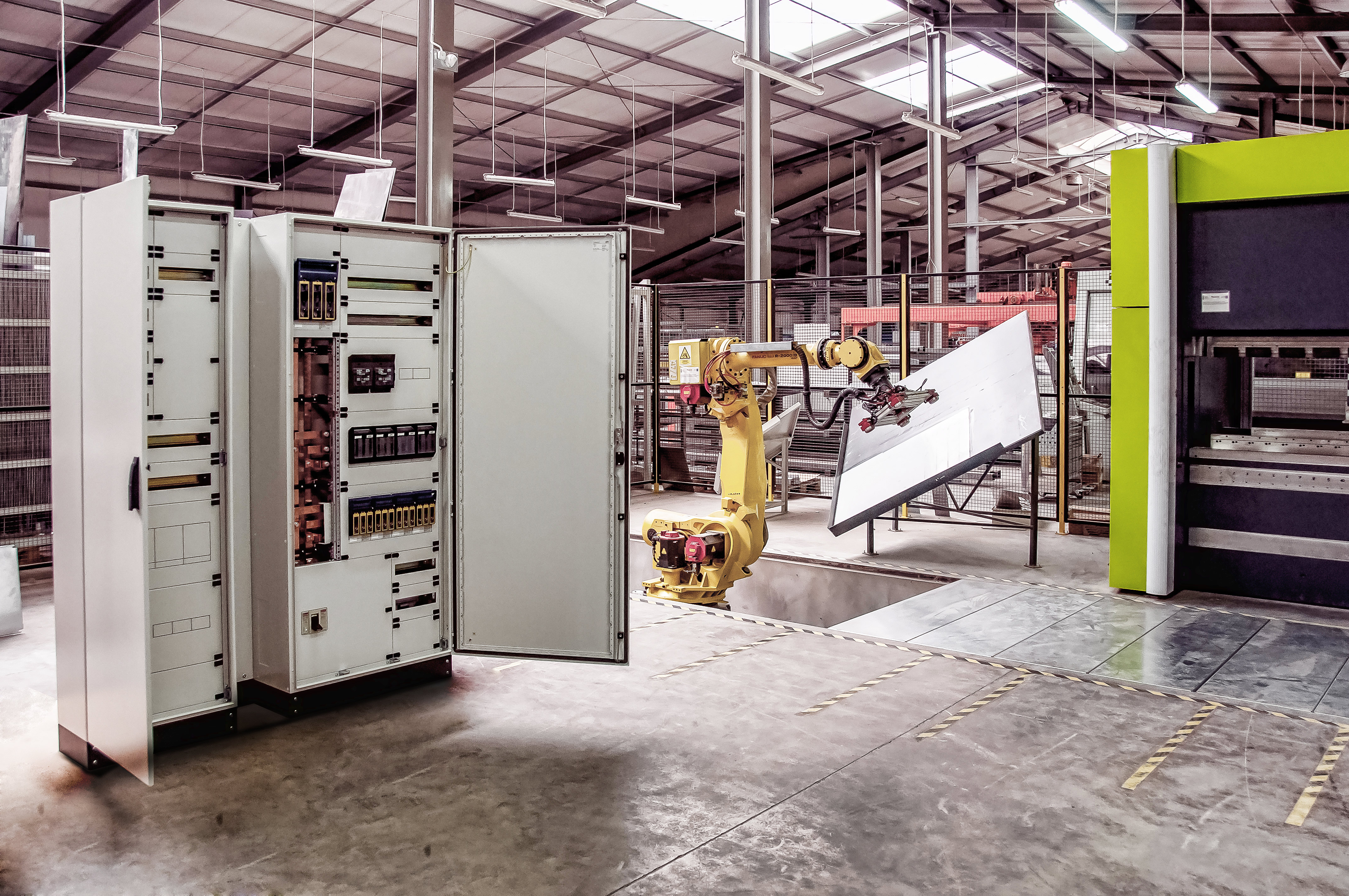
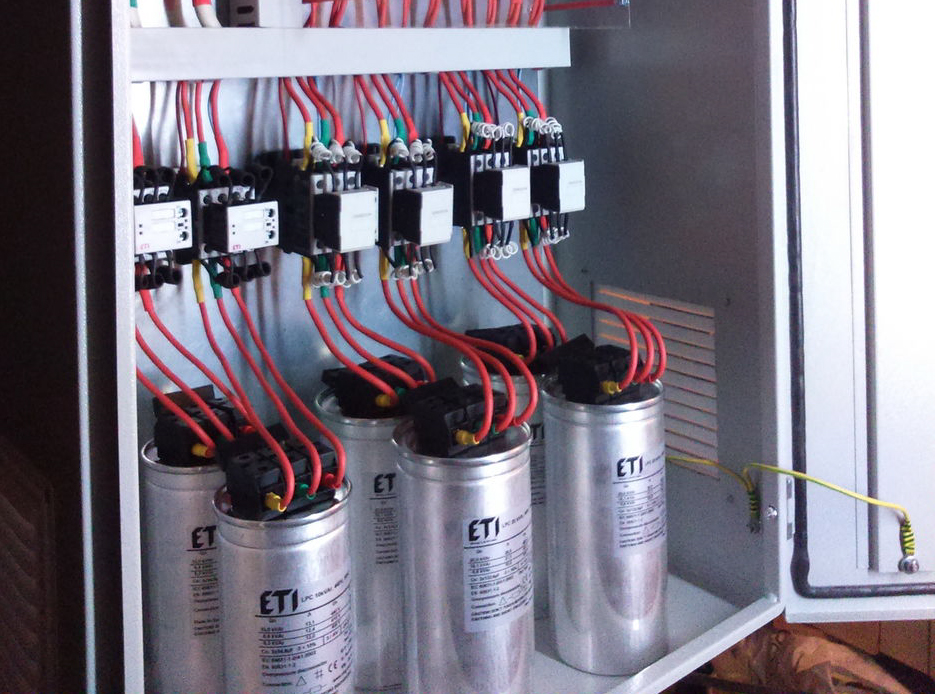
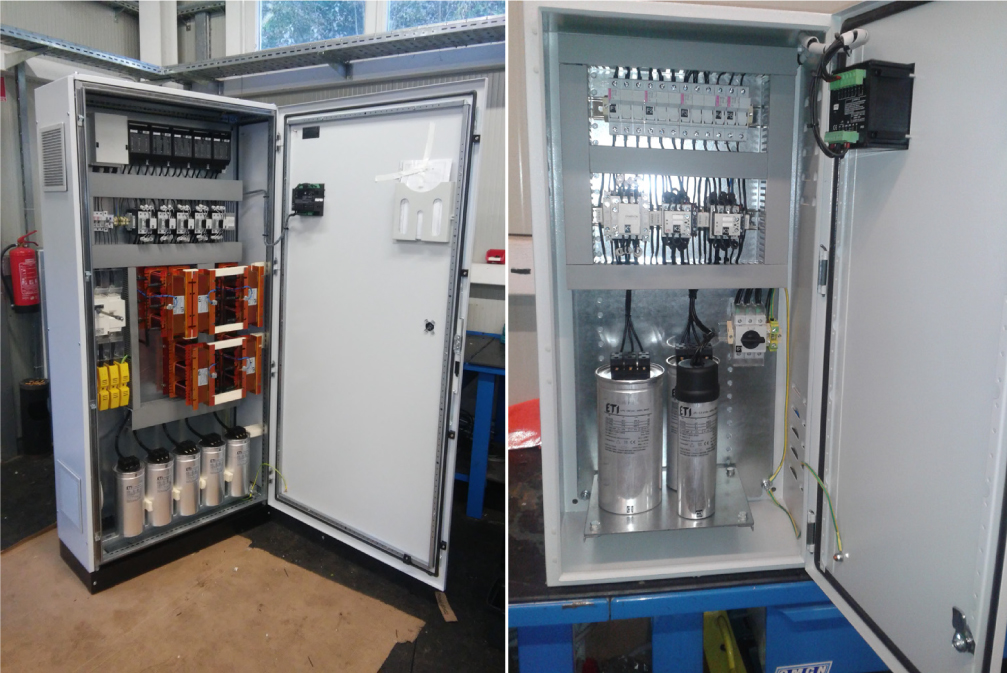
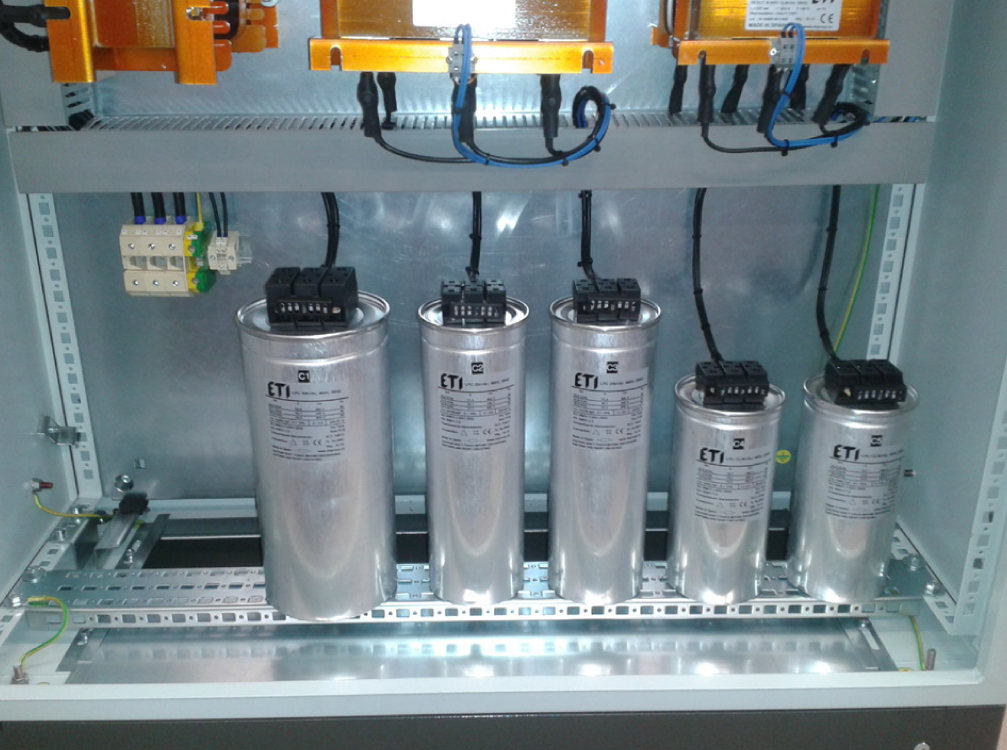
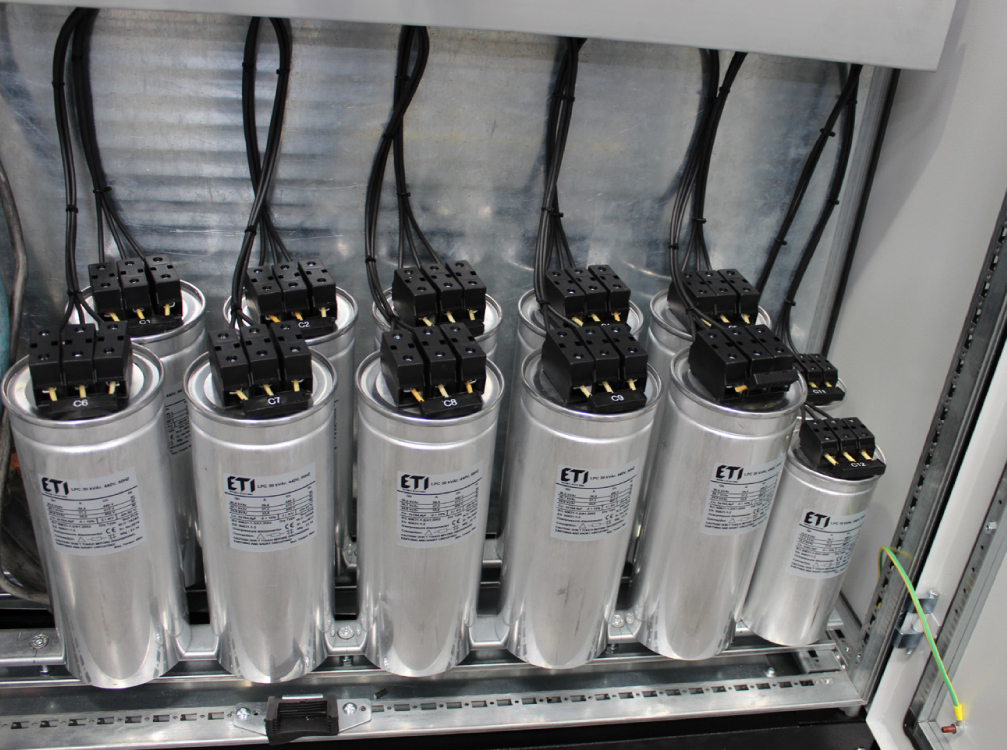



Problems caused by harmonics
– overload in distribution systems due to an increase of the current value;
– overload in zero (neutral) conductors due to the combination of currents of higher harmonics, multiples of three, generated by single-phase non-linear loads;
– overload, vibration and premature aging of generators, transformers and electric motors, as well as increased noise of transformers;
– overloading and premature aging of capacitors to increase the power factor;
– distortion of the shape of the supply voltage, which can affect “sensitive” loads;
– interference in communication networks and telephone lines.
Economic consequences
Harmonics have significant economic consequences:
– because of premature aging of the equipment it is necessary to replace it earlier than planned, if it was not provided with a reserve of capacity from the very beginning;
– overloads in the distribution system can lead to higher levels of energy consumption and increased losses;
– distortion of the shape of the current curve, which can cause the false operation of automatic switches, which can lead to a stop of the production process.












